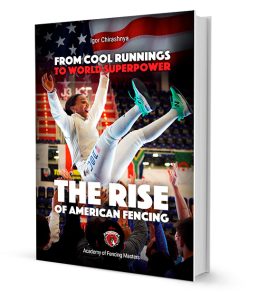Great news! Fencing Summer Nationals 2021 looks to be on! After losing our biggest event to the pandemic in 2020, it’s exhilarating to think that we are on the road back to our capstone national tournament! The last year has turned the entire system of fencing...








